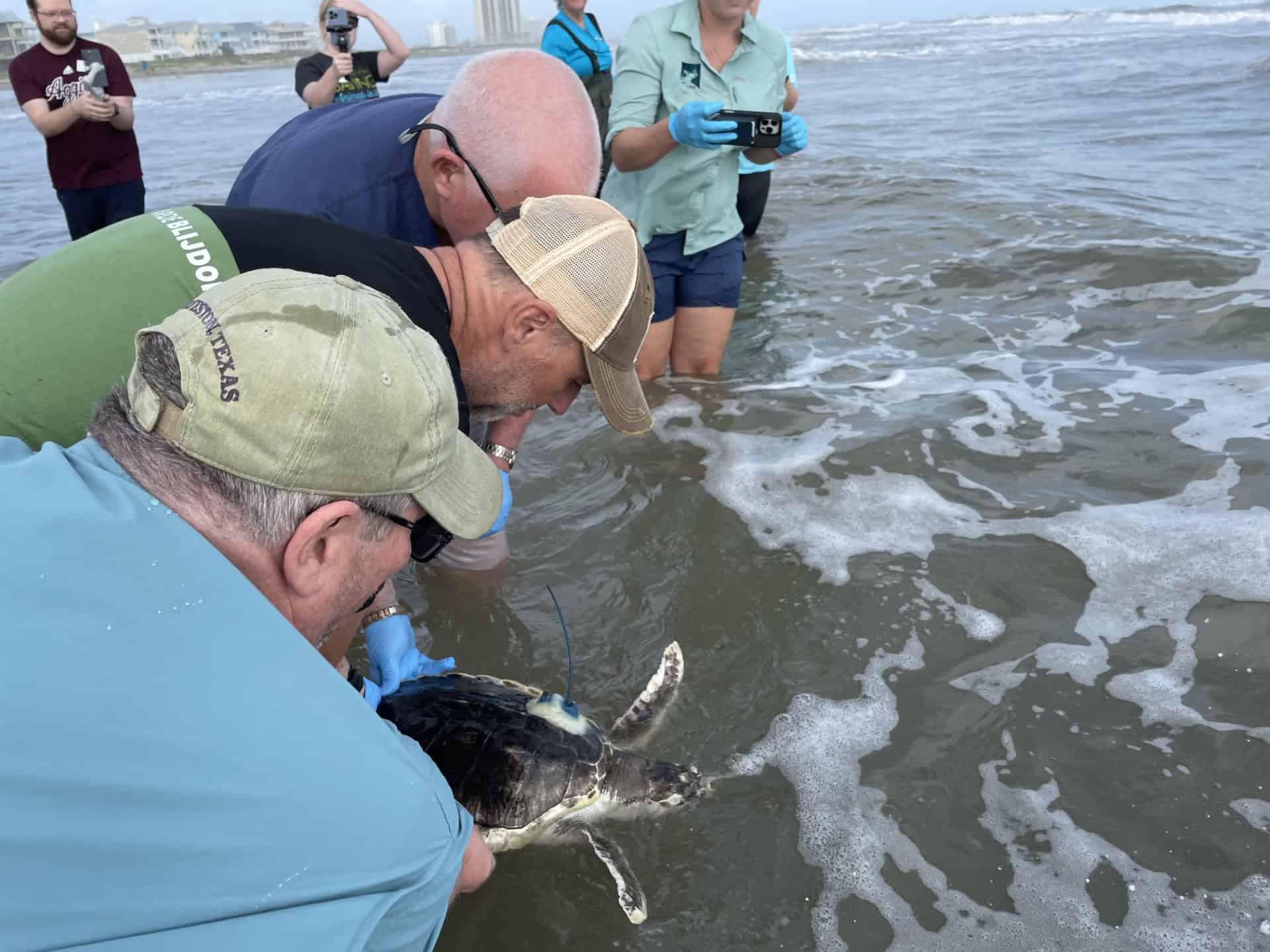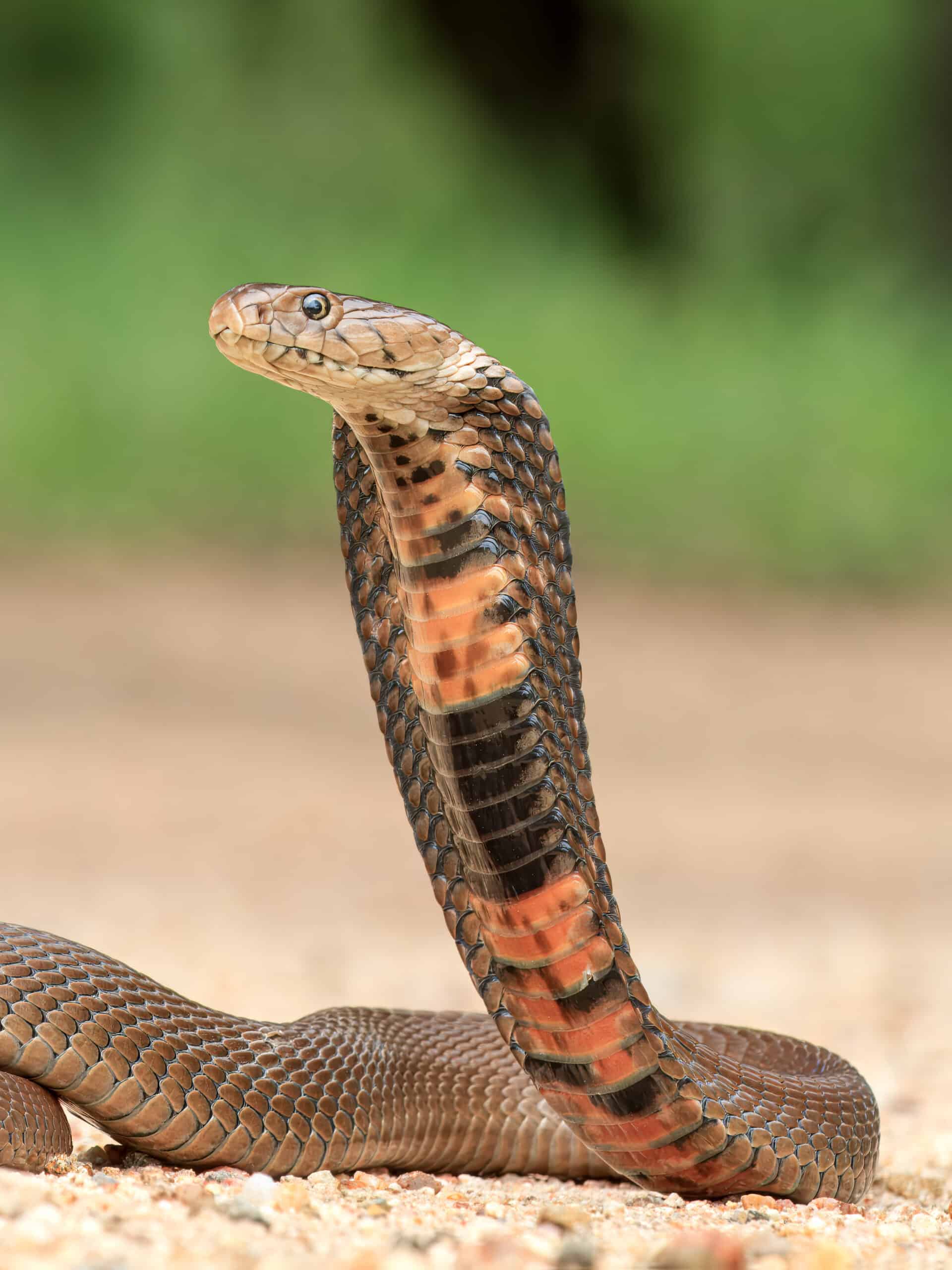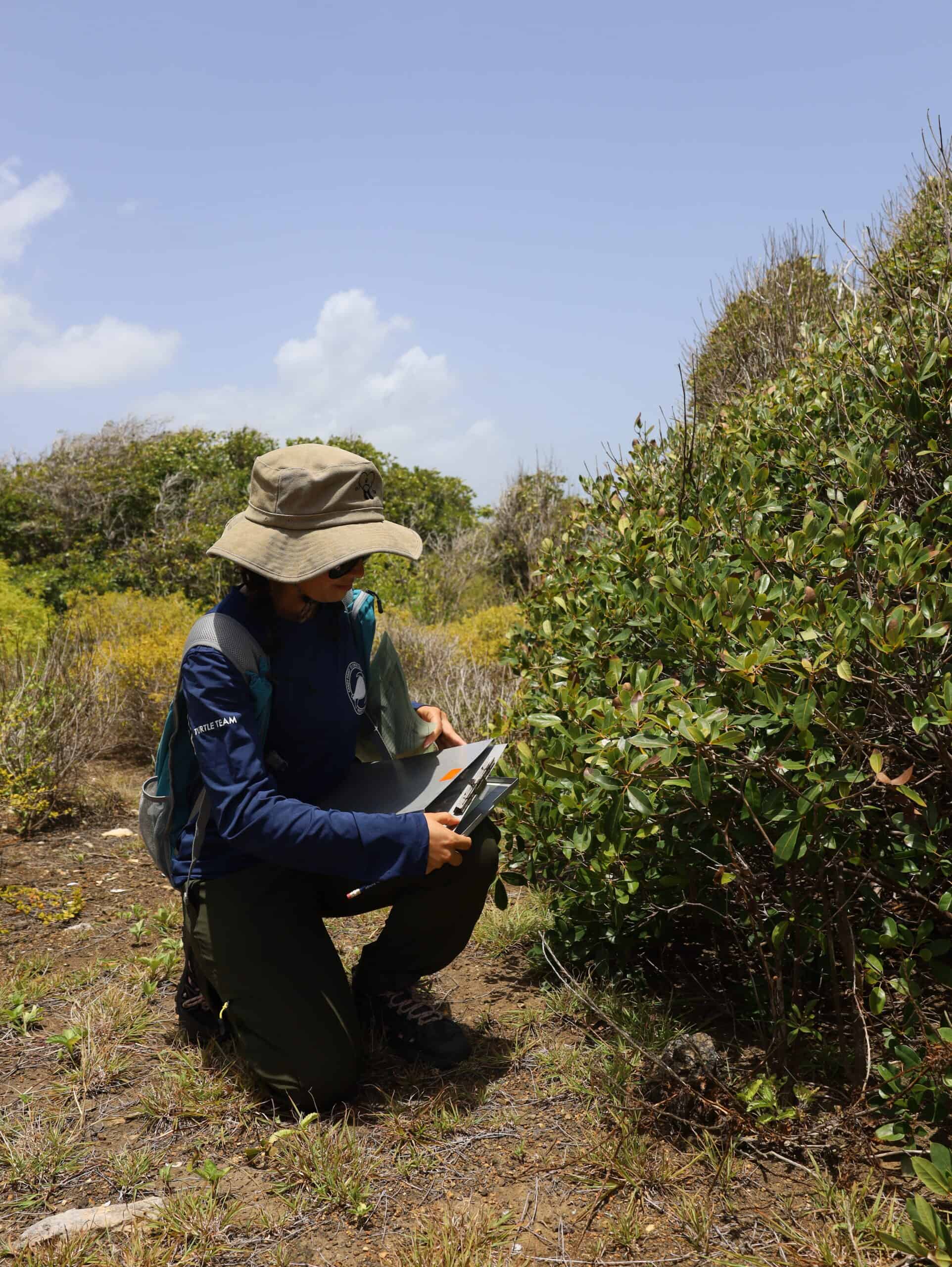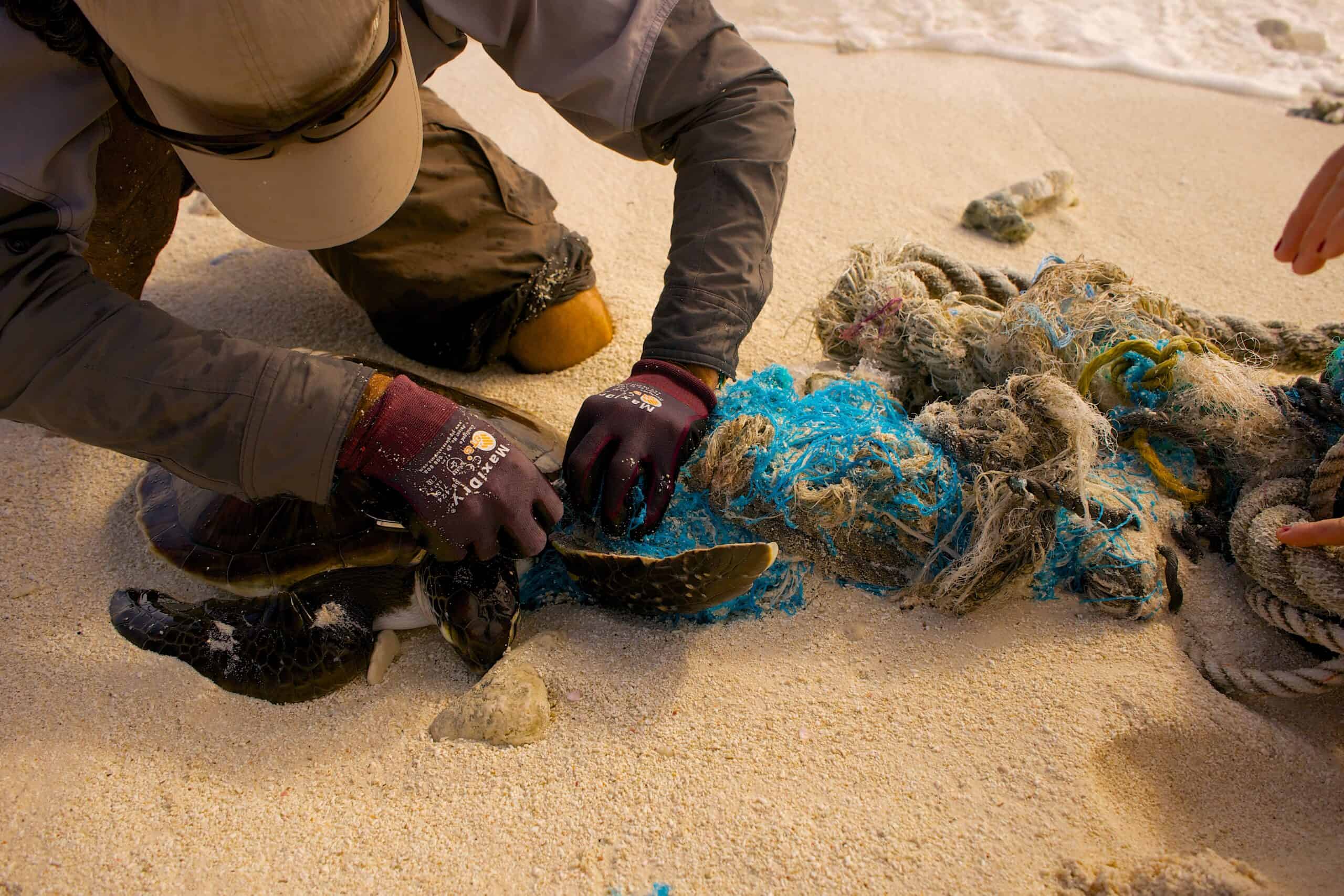Share this article
Wildlife Featured in this article
- Kemp's ridley sea turtle
Kemp’s ridley sea turtle makes transatlantic journey
A stranded Kemp’s ridley sea turtle found in Europe was returned to the Gulf of Mexico in November
Biologists recently returned a juvenile Kemp’s ridley sea turtle to the Gulf of Mexico after a commercial fishing vessel found it entangled in fishing nets off the southwestern coast of the Netherlands in late 2023.
Kemp’s ridley sea turtles (Lepidochelys kempii) are the smallest and one of the most endangered sea turtle species. The reptile primarily occurs in the warm waters of the Gulf of Mexico and in coastal areas of the Atlantic along eastern North America.
USFWS biologists suggest that this particular turtle likely veered off course, following unusually warm waters in the Atlantic. There, it experienced strong currents, pushing it into the cold waters around Europe. Sea turtles can become cold-stunned when water temperatures drop below 50 degrees Fahrenheit. At that point, they’re unable to function normally.
“They’re reptiles, so once they get too cold, they can’t move,” said Mary Kay Skoruppa, the USFWS Sea Turtle Coordinator for Texas. “Usually, they float to the surface, and are at risk of getting pneumonia. In that situation, they can either die from exposure or they’re exposed to predators, and they can’t evade danger.”
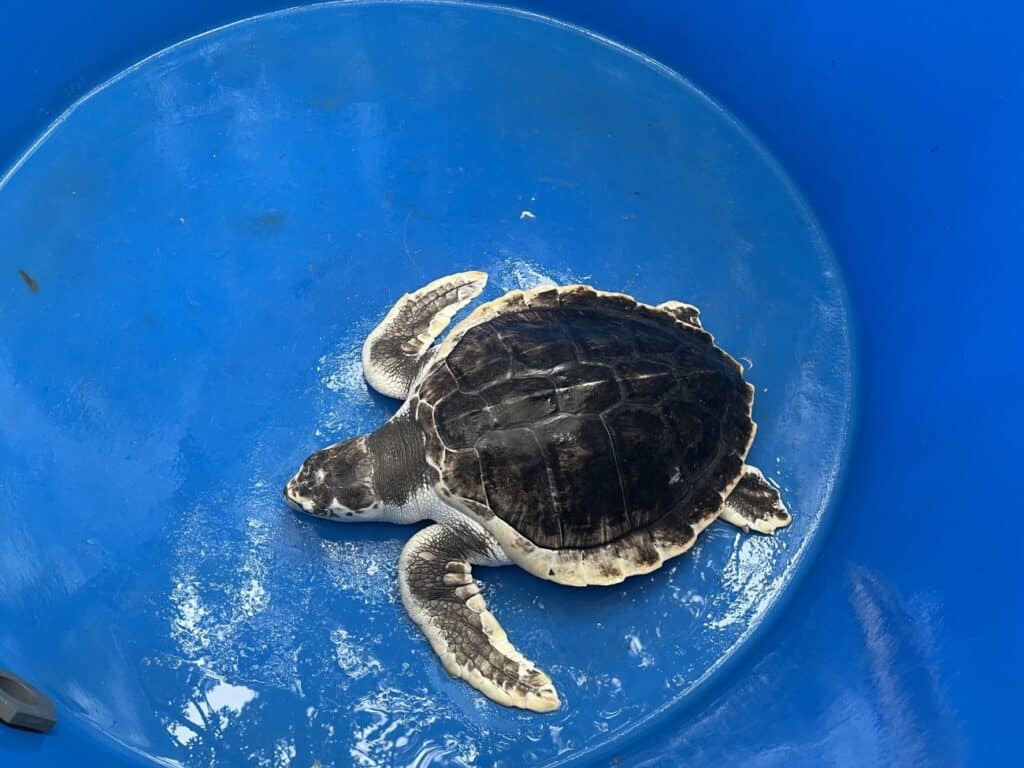
Named “Boeier” after the commercial fishing vessel that found it, staff from the Rotterdam Zoo took the injured sea turtle back to the facility for medical treatment. The zoo oversaw its rehabilitation while Skoruppa and colleagues at the USFWS in Texas coordinated the Convention on International Trade in Endangered Species of Wild Fauna and Flora (CITES) permits in order to bring the turtle back to the U.S.
“With endangered species, there are a lot of requirements to follow,” Skoruppa said. “You can’t just walk across a border with an endangered species.”
Skoruppa said that the Rotterdam Zoo’s curator, Mark de Boer, eventually found her contact information after getting in touch with NOAA. Because Kemp’s ridley sea turtles nest in the western Gulf of Mexico, Skoruppa’s USFWS region leads the effort in recovery actions and management for the species.
This wasn’t the first time Skoruppa had heard about a turtle ending up in an unusual area. Just a year prior, the Anglesey Sea Zoo in North Wales took in another Kemp’s ridley sea turtle dubbed Tally after it became cold-stunned there. Skoruppa assisted in successfully releasing Tally off the coast of Galveston, Texas, in 2023.
“By the time I got in touch with Mark, I had just finished this process with Tally, so I thought, well, here we go again!” she said.
Skoruppa said she and her colleagues are using a “wait and see” approach to determine whether these subtropical sea turtle strandings in Europe become a trend. At that point, it’s likely they’ll need to decide on how to best handle a continuing and complex situation.
According to NOAA Fisheries, this isn’t just a problem across the pond. About 739 sea turtles became cold-stunned in Massachusetts during the last five years compared to only 139 turtles 20 years ago. While these turtles are summer residents of New England, they typically migrate south for the winter.
However, researchers think that the increase in cold-stunning events could be due to the Gulf of Maine, including Cape Cod Bay, warming faster than other bodies of water. The warm waters draw more turtles into the area. But, due to the hook shape of Cape Cod, some juveniles will become trapped within the bay in waters that are too cold for them by the time the winter season approaches.
De Boer accompanied Boeier on her transatlantic flight to Houston, where USFWS inspectors cleared the turtle and turned it over to the Houston Zoo for care. The Gulf Center for Sea Turtle Research at Texas A&M University at Galveston, led the turtle’s release into the Gulf, and also affixed a satellite transmitter to the turtle to monitor its movements. Scientists released the turtle off the coast of Galveston on Nov. 4.
Those interested can follow Boeier’s latest movements via the Gulf Center for Sea Turtle Research’s Facebook page.
Header Image: The USFWS and other partners released Boeier off the coast of Galveston, Texas. Photo: Cynthia Rubio, USFWS



